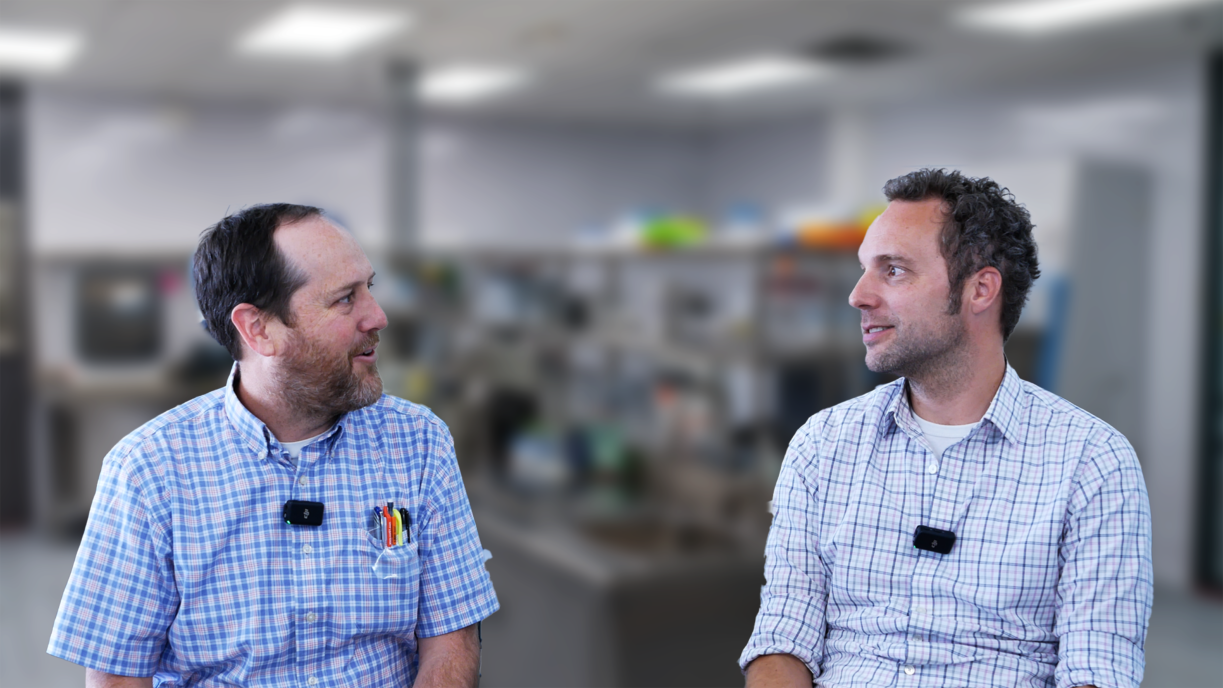
Bio Break: The Van Halen Secret to Medical Device Safety
In this Bio Break episode, Nick and Joris dive into the surprising connection between rock bands and medical device safety. What do jelly beans and 1980s rock legends Van Halen have to do with developing safe and effective medical technologies? More than you might think.
Nick recounts the famous story of Van Halen’s tour rider, which included a specific clause: absolutely no brown M&Ms backstage. At first glance, it might seem like typical rockstar excess, but there was a strategic reason behind it. Their shows involved complex stage setups, aerial stunts, and pyrotechnics, all of which required strict attention to safety. The brown M&M clause served as a hidden compliance test. If brown candies were found in the dressing room, it indicated the venue staff had likely skipped over other important technical requirements.
Joris draws a direct parallel to the world of medical device development. Just as Van Halen used candy as a compliance check, engineers and developers need to embed smart indicators within their processes to ensure key requirements are met. This is especially true in highly regulated industries, where safety and efficacy must be validated through clear documentation and consistent execution.
Nick emphasizes how these seemingly minor details—whether in a rock concert or a development protocol—can play a significant role in risk mitigation and overall product success. The practice of incorporating internal checkpoints, like standard operating procedures or design best practices, helps teams catch issues early and maintain quality throughout the project lifecycle.
If you are developing a medical device, preparing for clinical trials, or managing a regulated product, this episode offers a fresh perspective on how small, intentional cues can make a big difference. All this, sparked by a handful of jelly beans.
The Van Halen Secret to Medical Device Safety
Related Resources
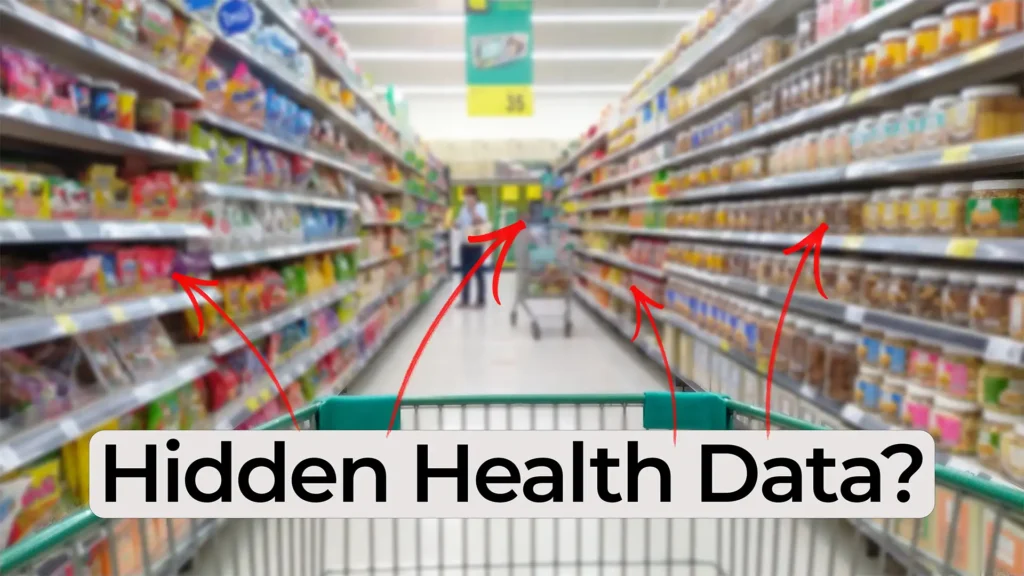
Consumer health prediction shapes more of daily life than most people realize. In this episode of Bio Break, Nick and Nigel explore how retail data can reveal health information without a person ever speaking to a clinician.
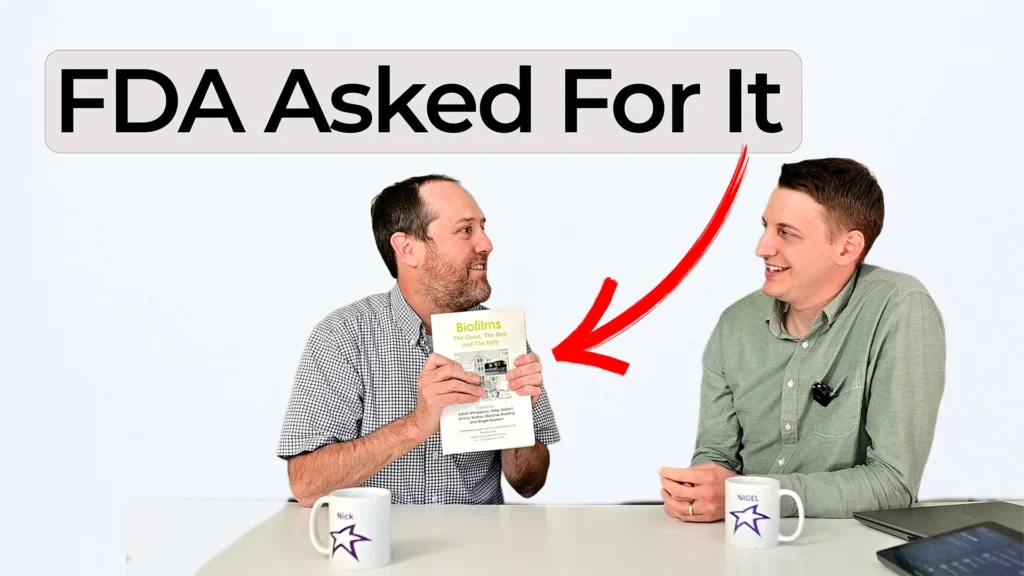
When reviewing evidence for a medical device, a single citation can shape an entire submission. In this Bio Break episode, Nick shares a biofilm referencing lesson that has stayed with him since the early 2000s.
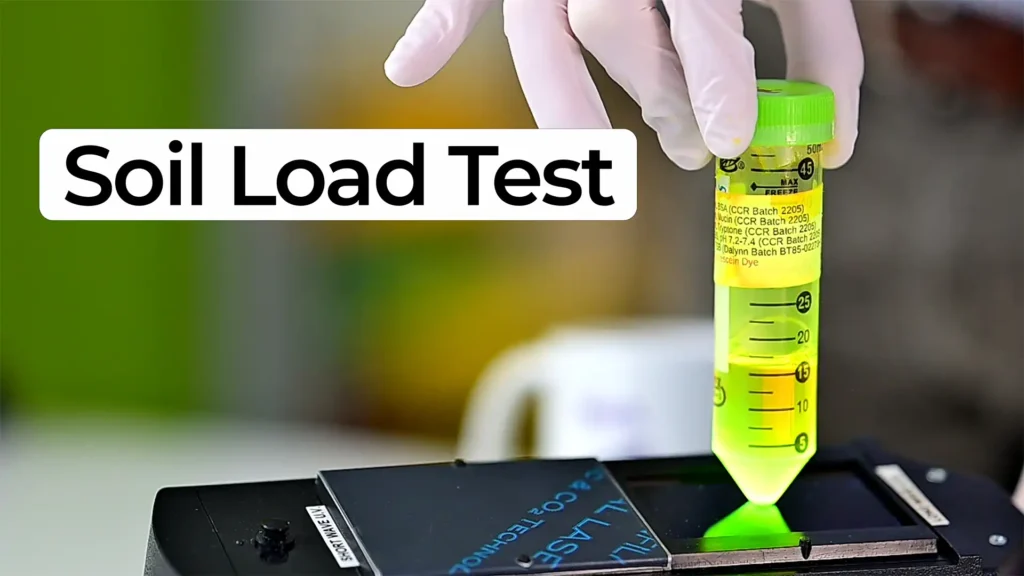
Nick Allan and Nigel Syrotuck explain how a fluorescent protein assay helps engineers measure contamination and cleaning performance in medical devices.
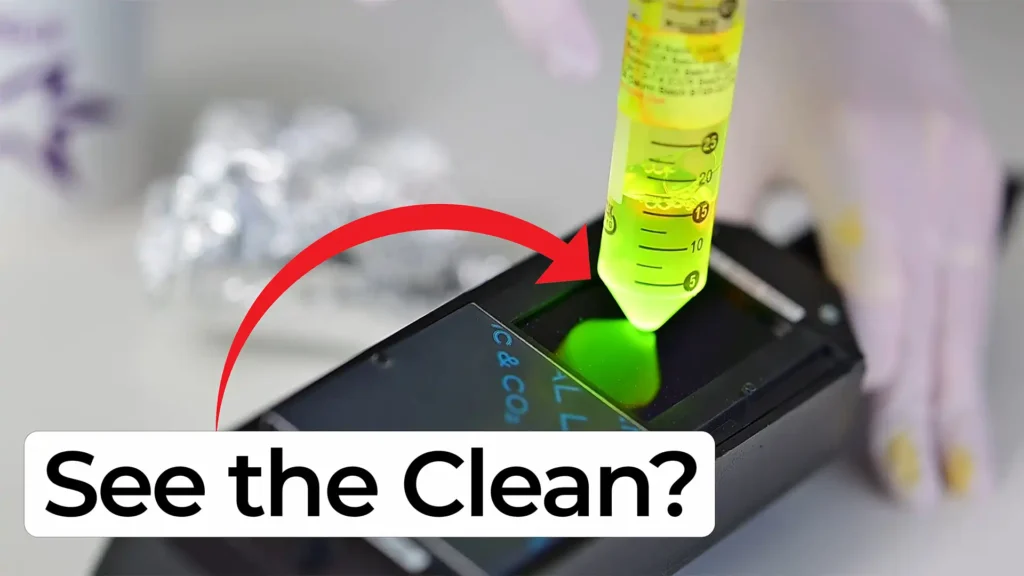
Nick Allan and Nigel Syrotuck explore a creative approach to visualizing cleaning validation using a fluorescent soil load.
